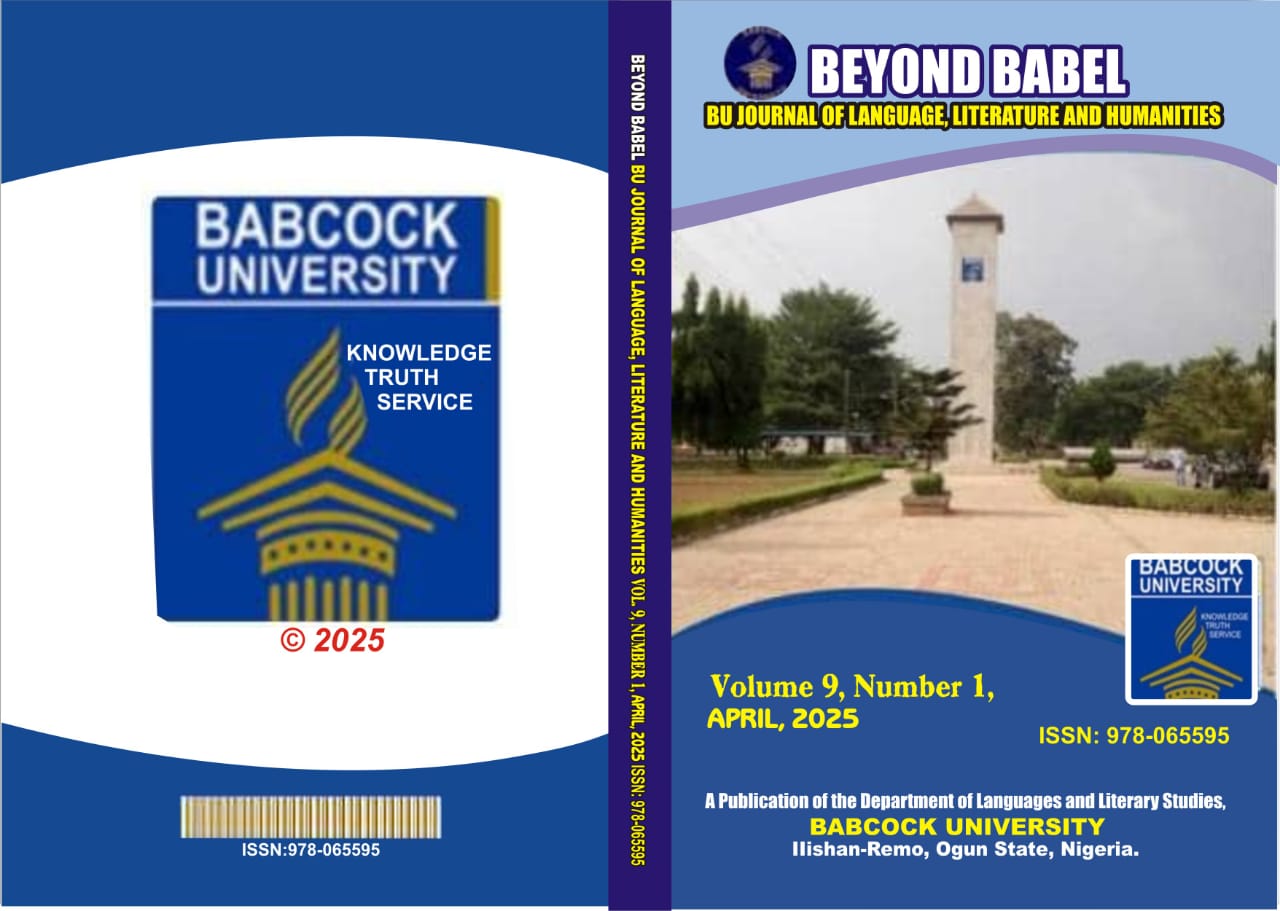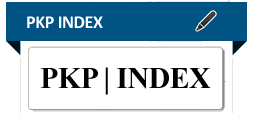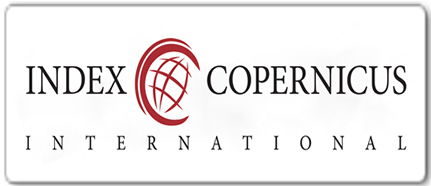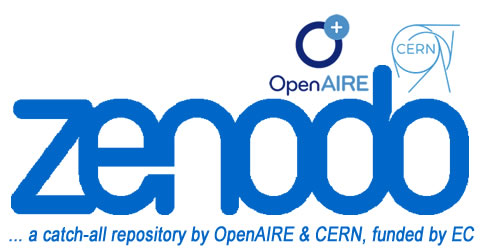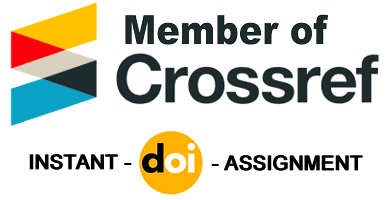“Leave or Perish” Metaphorical Construct in Japa Discourse among Nigerian Digital Media Users
DOI:
https://doi.org/10.5281/zenodo.17129563Keywords:
conceptual metaphor theory, metaphor, japa, language, conceptual mappingAbstract
Migration is a natural phenomenon that occurs when there is a need to leave the current social community in search of a better place. However, the current trend in mass migration out of Nigeria, which is code-named japa, has raised concerns of many people, including scholars, because of its impacts on the country’s development. Though scholars have studied the causes and impacts of the current mass migration trend, enough scholarly attention has not been given to the use of language in describing and conceptualising the phenomenon in Nigeria, especially on the “leave or perish” metaphorical construct used by Nigerians while engaging in migration-related conversations. The aim of this study is to explain the “leave or perish” metaphorical construct in japa discourse among Nigerian digital media users in order to identify the metaphors and mental mappings in them as well as the impacts of such constructs on Nigerians’ decision to migrate. Data were collected from related conversations on Nairaland and qualitatively analysed through the lens of Lakoff and Johnson’s (2003) Conceptual Metaphor Theory. Findings reveal that the site users constructed positive metaphors about migration and negative metaphors about Nigeria. It was discovered that the metaphors about japa capture it as a zealous spirit, an investment, a divine intervention, a form of wealth creation, and an emergency, while Nigeria is reflected as a disaster, a dream killer, a punishment, and state of hopelessness. The study concluded the positive perception of migration and the negative perception of Nigeria are factors that can influence mass migration in the country.
Downloads
Downloads
Published
Issue
Section
License
Copyright (c) 2025 Beyond Babel: BU Journal of Language, Literature and Humanities

This work is licensed under a Creative Commons Attribution 4.0 International License.
